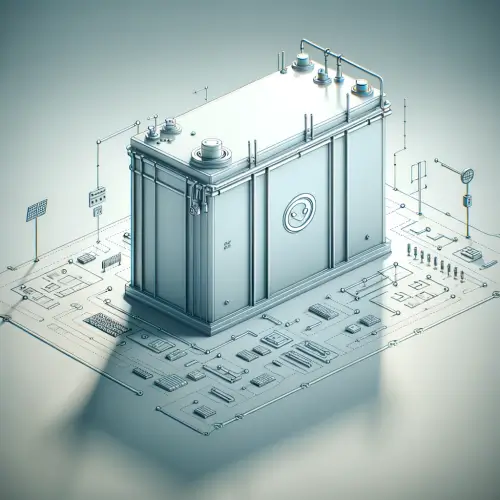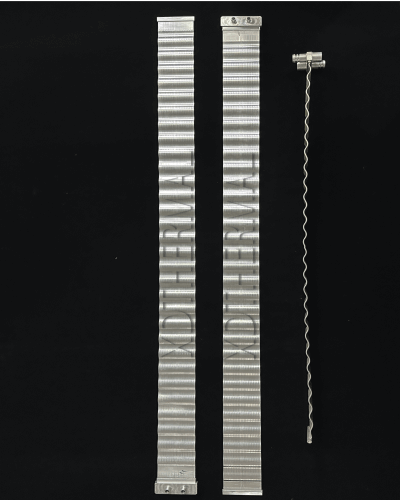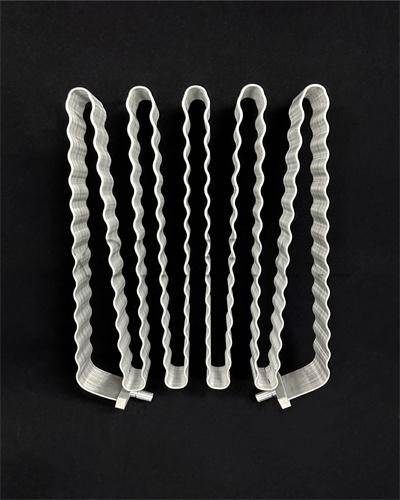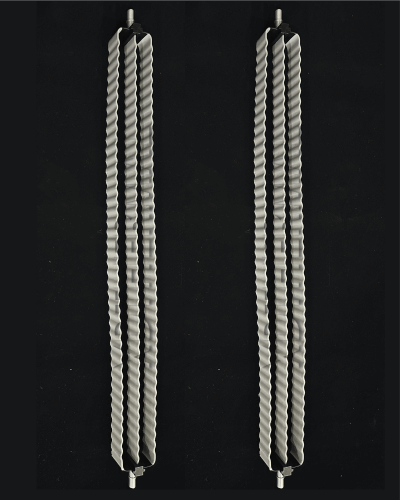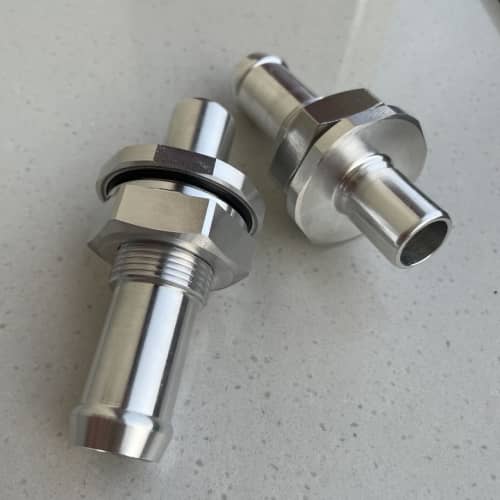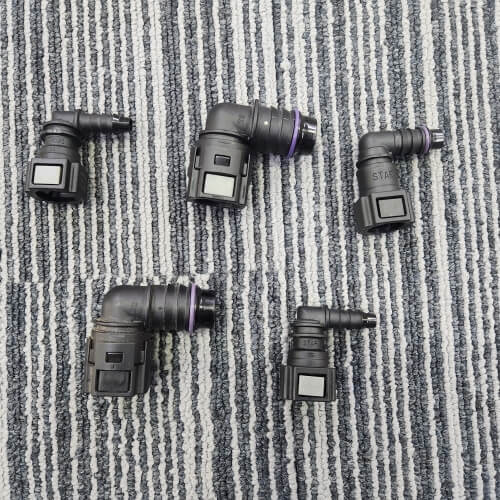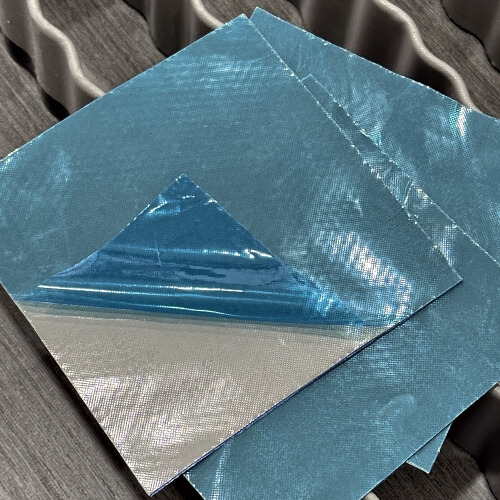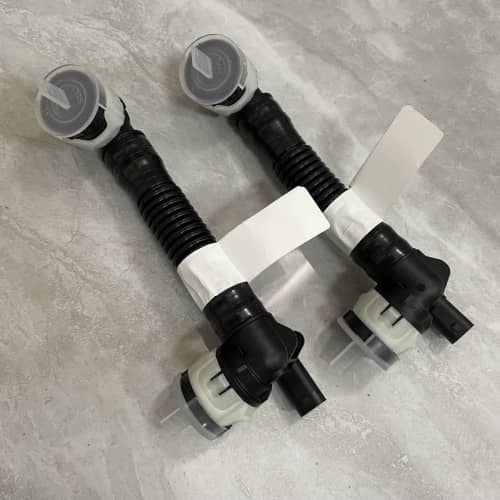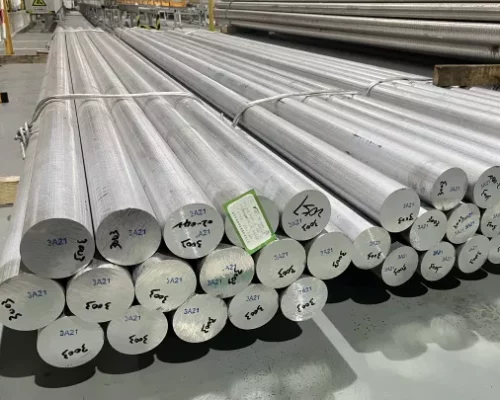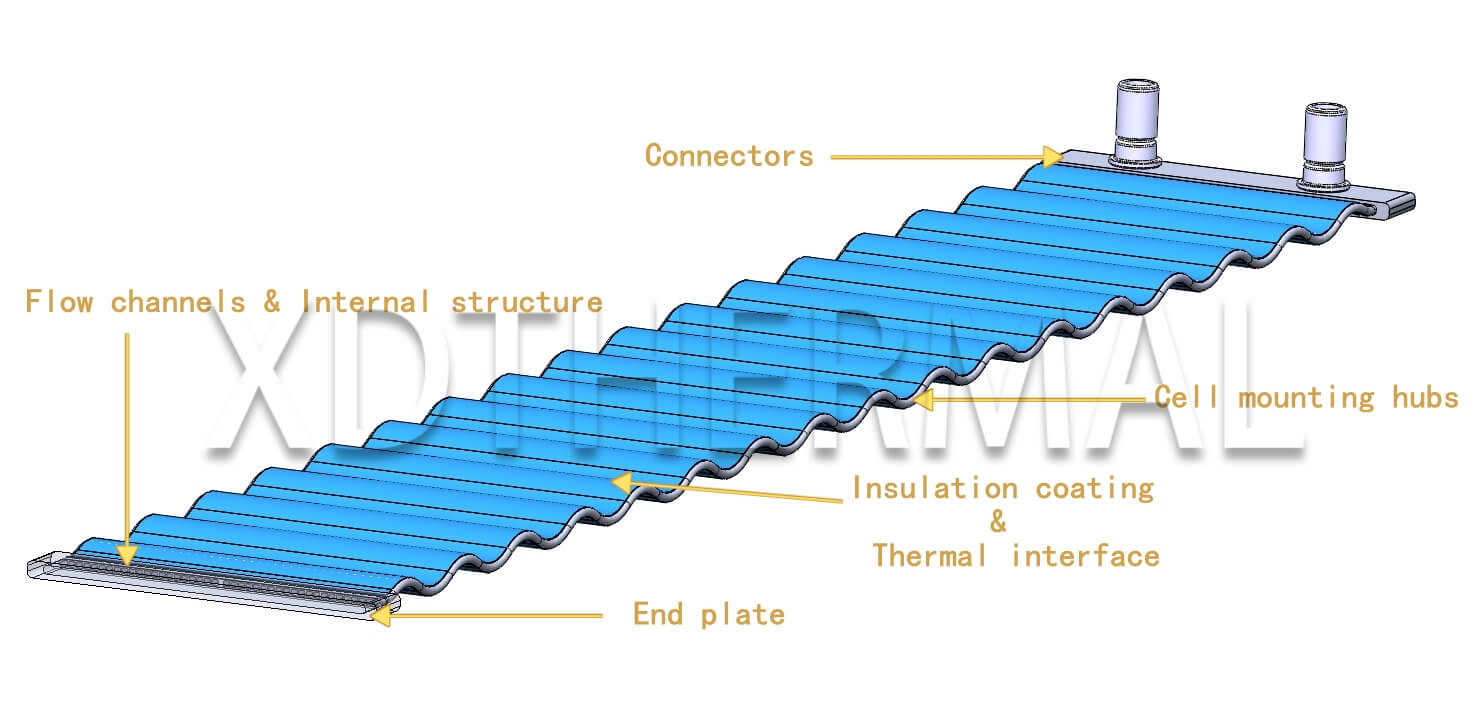Customers reviews
What Our Customers Have to Say ?
From the get-go, they really got what we're about and what we need. Their team is on the ball and super helpful, always touching base to make sure any questions or worries we have are sorted out. So great!
Graham SterlingChief Mechanical Engineer 
Every suggestion they make shows they're not just thinking about sales but about pushing boundaries and creating something new and valuable together.
Benedict HawthorneStrategic Sourcing Manager 
Their transparency during the course of the liquid cooling tube projects enhanced our trust and respect for them.
Leo GrantEV Cooling Solutions Procurement Engineer 


